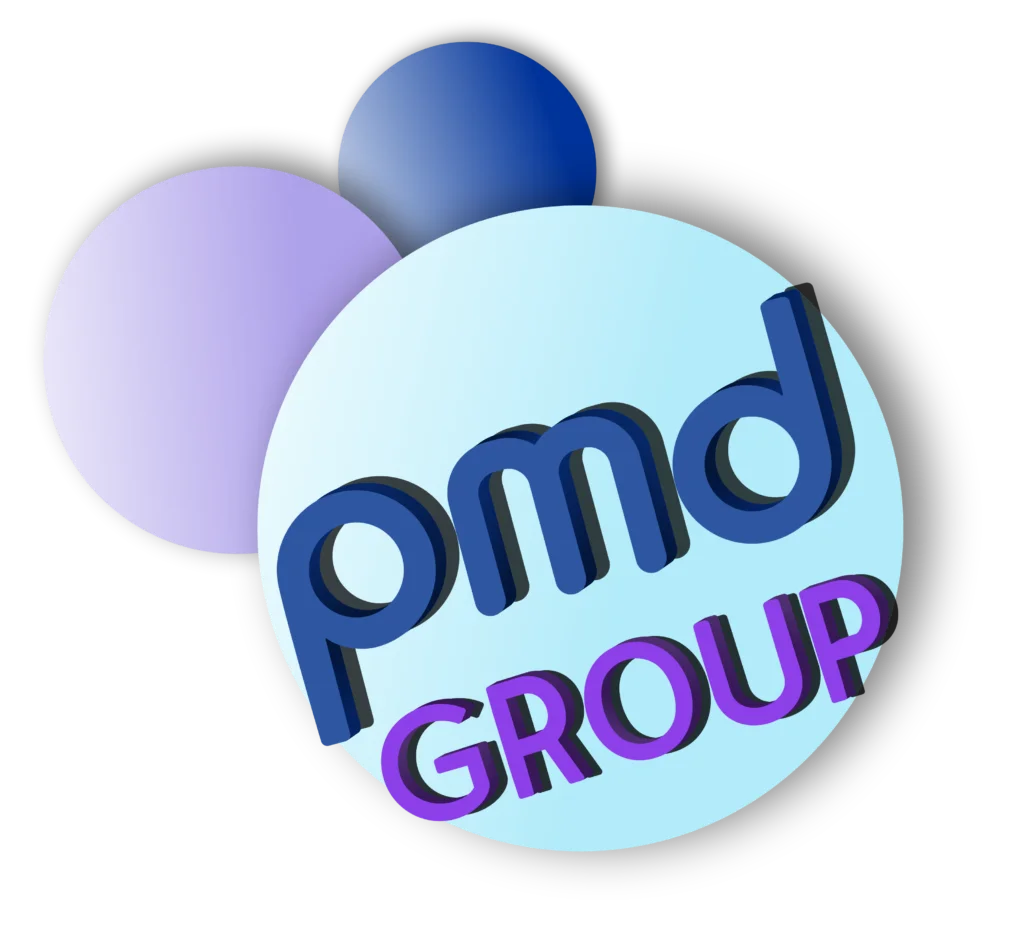cGMP/Personnel
QUALITY SYSTEM
A quality system is defined as a formalized system that documents processes, procedures, and responsibilities for achieving quality policies and objectives, to manufacture the quality products, meet customer and regulatory requirements and improve its effectiveness and efficiency on a continuous basis.
Scope
Scope of Quality System applies to development and manufacture of pharmaceutical drug products, throughout the product lifecycle.
Product lifecycle includes the following technical activities for new and existing products:
- Research and Development:
- Formulation development (including container/closure system);
- Technology Transfer
- Manufacturing process development and scale-up;
- Analytical method development.
- Acquisition and control of materials;
- Provision of facilities, utilities, and equipment;
- Production (including packaging and labelling);
- Quality control and assurance;
- Release;
- Storage;
- Distribution (excluding wholesaler activities).
Components of Quality System
- Quality Policies
- Quality Objectives
- Organizational Chart
- Management responsibilities (ensure that the requirements of the Quality system are met by maintaining an appropriate organizational structure to ensure that all the requirements are effectively understood and communicated and that the system is monitored and in synchronize.)
- Individual Responsibilities and authorities: (CEO, MD, QAM, PDM, QCM etc.)
- Internal Communications
- Management reviews (review input and review output)
- Resource management (infrastructure, human resource, materials, awareness, trainings, maintenance, controlled working environment)
- Purchase of Materials [selection of vendors (vendor qualification)]
- Personnel (Qualification JDs etc as per requirement)
- Control of documents (Approval, Authorization and control etc. of all documents)
- VMP (includes validations and qualification)
- Procedure (SOPs of sampling, change control, handling of rejected items, validations, qualifications, RM/PM/IP/FG/machines etc.)
- Complaint Handling
- Trainings, awareness
- Quality audits/inspections
- Internal Audits
- Calibration
- Laboratory Testing
- Product Recalls
- Change Control.
- Supplier Assessment
- Deviations and control system
- CAPA
- Annual Product Review
- Continual improvement of process performance and product quality
- Management review of process performance and product quality
Quality Risk Management
Quality risk management is a systematic process for the assessment, control communication and review of risks to the quality of the medicinal product. It can be applied both proactively and retrospectively.
The principles of quality risk management are that:
- The evaluation of the risk to quality is based on scientific knowledge, experience with the process and ultimately links to the protection of the patient
- The level of effort, formality and documentation of the quality risk management process is commensurate with the level of risk
Phone
03334115785
Location
554, Sundar Industrial Estate Lahore
info@pmdconsultancy.com
